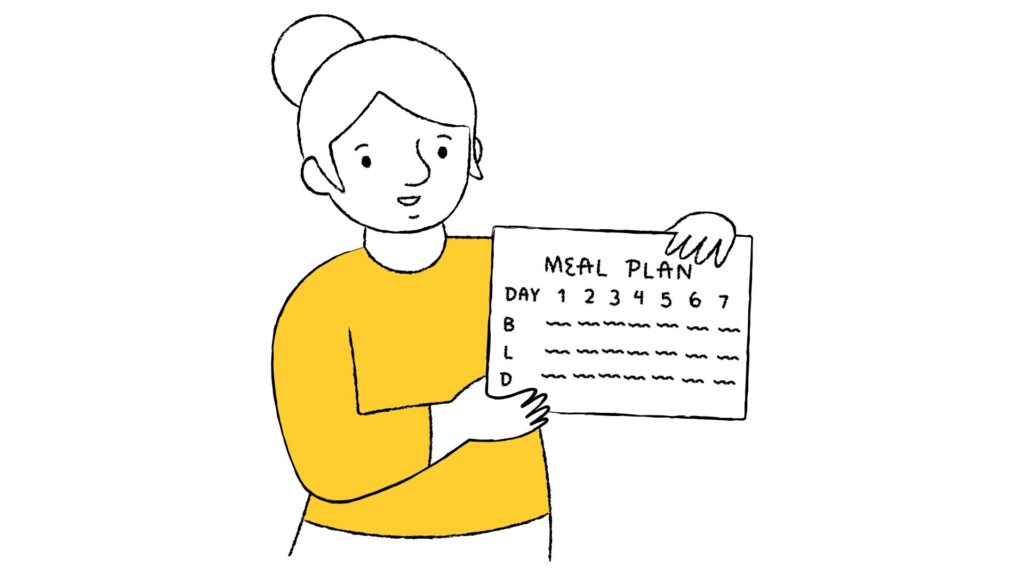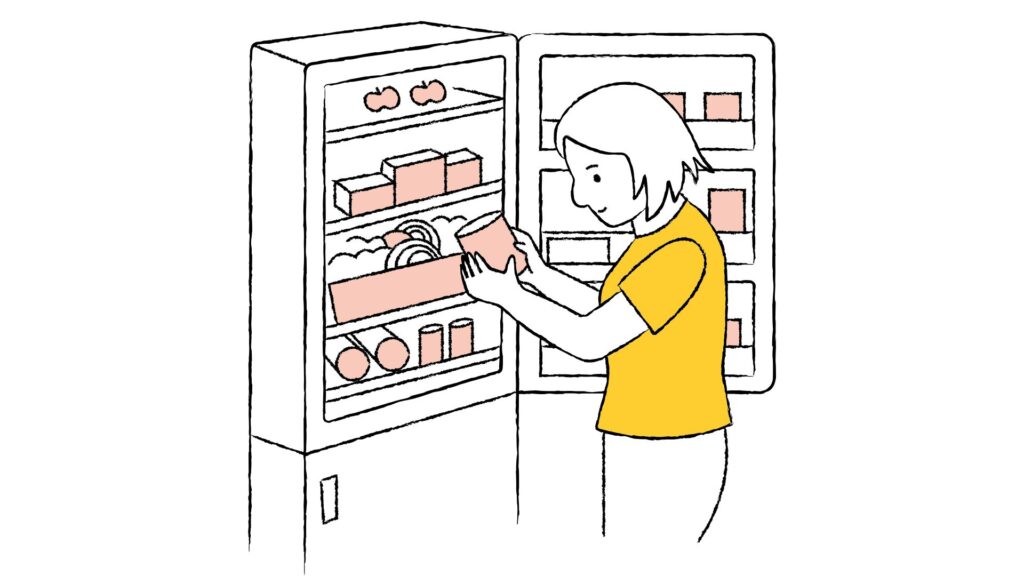Meal Planning for Weight Loss: Easy Steps That Actually Work

Want to drop a few pounds but hate the whole diet hassle? I get it. Meal planning might sound about as fun as filing taxes, but it’s actually your secret weapon for weight loss or maintenance that doesn’t feel like punishment.
Let me break down how to create an effective meal plan that works with your real life, not against it.
The Complete Guide to Meal Planning for Weight Management
1. Figure Out Your Calorie Needs (Without Going Crazy)

First things first – you need to know how much fuel your body actually needs.
Your body burns a certain number of calories every day just by existing (this is called your Total Daily Energy Expenditure or TDEE). It’s based on your age, weight, height, and how active you are.
For weight loss that actually sticks, aim for a modest calorie deficit of 300-500 calories per day. This is the sweet spot where you lose fat without:
- Feeling like you’re starving
- Losing muscle (which tanks your metabolism)
- Developing nutrient deficiencies
An online TDEE calculator will give you a good starting point. But remember, these are estimates – you’ll need to adjust based on your results.
2. Focus on Foods That Give You the Most Bang for Your Caloric Buck
The secret to feeling full while eating fewer calories? Nutrient density.
This means focusing on foods that pack the most nutrition per calorie. Here’s what to prioritize:
Protein: Aim for 20-30g per meal. Your muscles will thank you, and you’ll stay fuller longer. Good sources include chicken breast, fish, Greek yogurt, tofu, and lean protein options.
Fiber: Load up on non-starchy veggies and whole grains. Fiber is your weight loss BFF – it slows digestion and keeps you satisfied.
Healthy Fats: Include avocados, olive oil, nuts, and seeds in moderation. They make your meals more satisfying and help your body absorb certain vitamins.
What to limit: Processed foods and added sugars. They’re basically calorie bombs with little nutritional value that leave you hungry an hour later.
3. Structure Your Plate Like a Pro

The simplest way to build a balanced meal? Use the plate method:
- Half your plate: Non-starchy vegetables (think leafy greens, broccoli, peppers)
- Quarter of your plate: Protein source
- Quarter of your plate: Whole grains or starchy vegetables
- A small amount: Healthy fats for flavor and satisfaction
Portion control matters too. Until you develop an eye for portions, measuring tools like cups, food scales, or apps like MyFitnessPal can be super helpful.
4. Make Your Plan Work for YOUR Life

The best meal plan is one you’ll actually follow. That means it should be:
Personalized to your life: Consider your schedule, cooking skills, food preferences, and budget.
Flexible, not rigid: Strict rules and eliminating entire food groups is a recipe for failure. Balance and variety make plans sustainable.
Strategically timed: Eating at consistent times helps regulate hunger hormones. And here’s a pro tip: front-loading calories (bigger breakfast and lunch, lighter dinner) can actually improve energy and reduce nighttime snacking.
5. Meal Prep: Your Weight Management Superpower
Prepping meals ahead of time is basically setting up your future self for success:
- Prevents the “I’m starving and have nothing healthy” takeout spiral
- Saves precious time on busy days
- Makes healthy eating the easy default option
You don’t have to cook entire meals. Even washing and chopping veggies, cooking a big batch of quinoa, or making protein in bulk can make weekday meals way easier.
According to research from the International Journal of Behavioral Nutrition and Physical Activity, meal planning is associated with both healthier eating and lower obesity rates.
6. Smart Snacking Strategy
Snacks aren’t the enemy! They can actually help you avoid getting so hungry that you make poor choices at meals.
The key is choosing snacks that combine protein and fiber:
- Apple slices with peanut butter
- Greek yogurt with berries
- Raw veggies with hummus
- Hard-boiled eggs
- A small handful of nuts
7. Sample Meal Plan Framework
Here’s a simple framework you can customize:
Breakfast: Protein + Fiber + Healthy Fat
Example: Overnight oats with Greek yogurt, berries, and a sprinkle of nuts
Lunch: Protein + Veggies + Whole Grain
Example: Chicken salad with tons of colorful veggies and quinoa
Dinner: Protein + Veggies + Small Carb Portion
Example: Baked salmon with roasted broccoli and sweet potato
Snacks: Protein + Fiber
Example: Greek yogurt with berries or veggies with hummus
Adjust portions based on your calorie needs. And remember – flexibility is key. The American Heart Association recommends meal planning as a strategy for both weight management and heart health.
8. Popular Eating Patterns That Actually Work

Several evidence-based approaches can help with weight management:
Mediterranean Diet: Focuses on whole foods, olive oil, fish, and plants. Great for heart health too!
Plant-Based Approaches: High in fiber and generally lower in calories.
Lower-Carb Approaches: Can be helpful for some people, especially those with insulin resistance.
The best diet? The one you can stick with long-term. According to a meta-analysis in JAMA, most structured eating patterns lead to similar weight loss when calories are controlled.
9. Track, Adjust, Repeat
No meal plan is perfect from day one. Pay attention to:
- How you feel
- Your energy levels
- Whether you’re satisfied after meals
- Weight trends (not daily fluctuations)
Then make adjustments. This is a process, not a one-and-done deal.
10. Get Expert Help If You Need It
If you have health conditions, significant weight to lose, or just feel overwhelmed, consider consulting a registered dietitian. They can create personalized plans that work for your specific situation and make sure you’re getting all the nutrients you need.
The most important thing to remember is that the best meal plan is one that fits your life and that you can stick with. No amount of perfect nutrition science matters if the plan makes you miserable.
Weight management doesn’t have to be complicated – it’s about finding sustainable habits that work for you, not following someone else’s idea of the “perfect” diet.

